Beekeeping is a fascinating hobby that brings you close to nature, but it also comes with a learning curve. While keeping bees can be rewarding, many beginners fall into common pitfalls that can affect hive health and honey production.
Many newcomers find themselves frustrated when their bees seem stressed or when hive productivity declines. In this article, we’ll discuss 10 common beekeeping mistakes and explore practical ways to avoid them. Whether you’re new to beekeeping or looking for ways to improve your practice, understanding these mistakes can help you maintain a healthy and thriving apiary.
1. Choosing Poor Hive Locations
A frequent issue among beekeepers is selecting a location for the hive that isn’t optimal. A poorly placed hive can lead to excess moisture, low sunlight exposure, or disturbances from animals and people. When your hive is set up in a less-than-ideal spot, you may notice a reduction in bee activity and overall vitality. Proper ventilation and ample sunlight are very important for bee colonies.
When planning your hive location, research local environmental conditions and consider factors like seasonal shade and wind patterns. Taking the time to check out several potential spots can make a significant difference in maintaining a robust colony. It is always a good idea to physically visit the area before making a final decision.
How to Avoid It:
- Research local conditions before placing your hive.
- Choose a spot that receives morning sunlight and is shielded from strong winds.
- Avoid areas close to heavy foot traffic or noisy zones.
Positioning your hive in a well-considered spot helps the bees thrive and guards against issues like dampness and interference from predators.
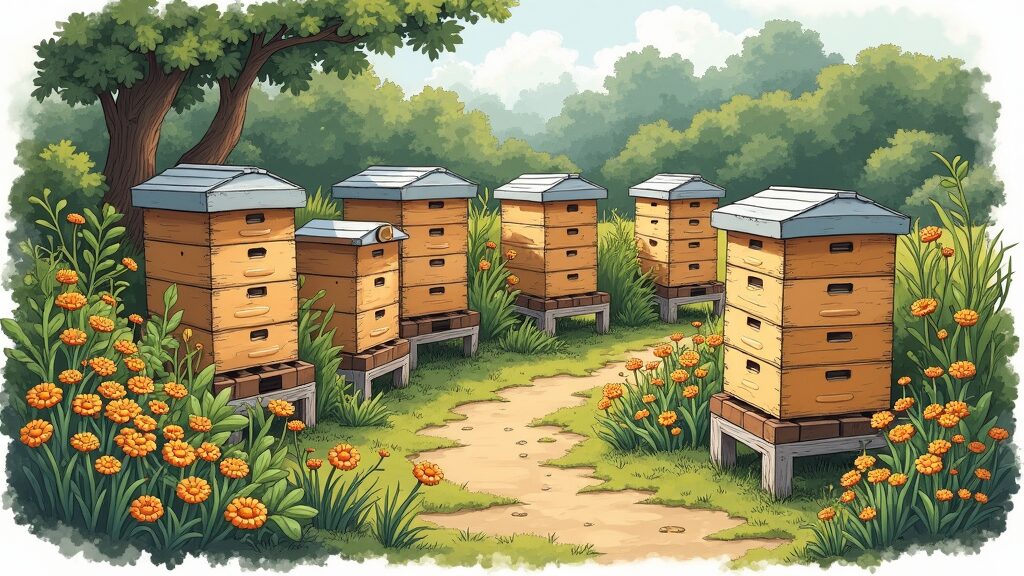
2. Inconsistent Hive Inspections
Skipping regular hive inspections is another common mistake that can lead to unnoticed problems. Many new beekeepers either inspect too infrequently or rush through the process, missing early signs of potential trouble. Missing early signals of disease, pests, or queen issues might eventually lead to significant losses if not caught in time.
Routine checks allow you to catch problems before they escalate, saving both your colony and your hard work. When you set a consistent schedule—ideally once a week during active seasons—you give yourself a better chance to notice subtle changes in hive dynamics. Taking the time to record your observations further helps in tracking long-term trends.
Inspection Best Practices:
- Set a regular schedule for inspections, ideally once a week during active seasons.
- Learn to detect common signs of distress such as irregular brood patterns and evidence of pests.
- Keep a log of your observations to track changes over time.
Regular and thorough inspections are key to maintaining hive health and ensuring that minor issues do not evolve into major setbacks.
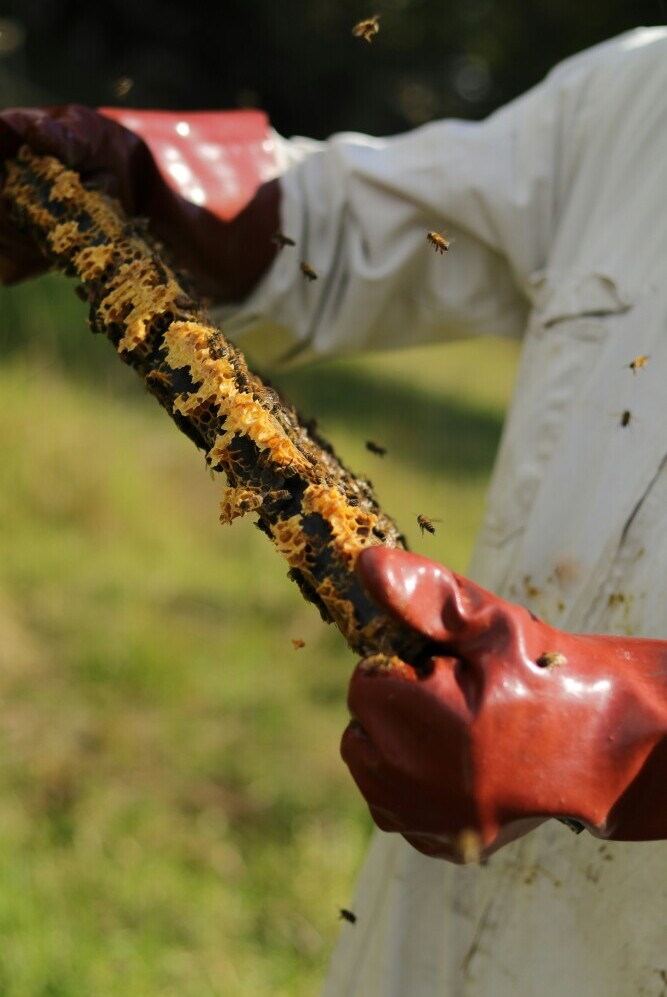
3. Neglecting Proper Hive Maintenance
Regular maintenance might seem mundane, but it’s essential for keeping a strong colony. Unfortunately, many beekeepers either postpone maintenance or skip it entirely, hoping that everything will remain fine without regular upkeep. Maintaining your equipment is a hands-on process, and whether it’s cleaning frames, replacing damaged boxes, or verifying that parts are secure, proper maintenance supports bee health and smooth hive operations.
Investing time in routine upkeep prevents long-term damage and promotes a safer environment for your bees. It is beneficial to set aside dedicated time during slower seasons to review all your equipment and make any necessary adjustments.
Maintenance Tips:
- Clean your tools and hives to prevent the spread of diseases.
- Inspect and repair or replace worn-out equipment.
- Plan regular maintenance sessions during slower periods in the season.
This proactive approach not only prevents future complications but also creates a strong foundation for a thriving colony.
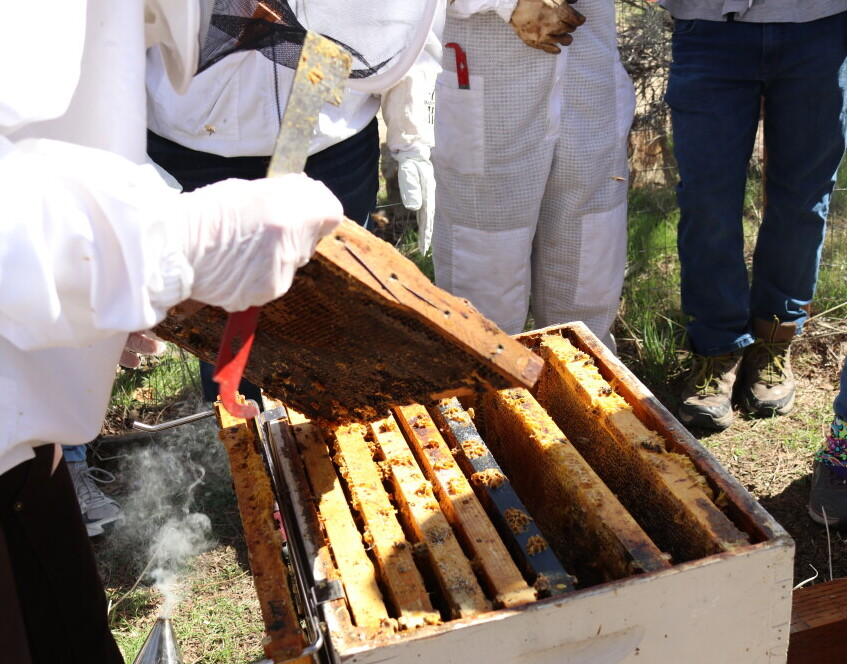
4. Overfeeding or Underfeeding Bees
Feeding your bees is a balancing act. While supplemental feeding can help support your colony during lean times, overfeeding can disrupt their natural foraging behavior, and underfeeding may leave them undernourished. This mistake is common among beginners who are not familiar with the seasonal needs of their bees. Bees rely on stored honey to survive winter, so understanding the timing and method of feeding is very important.
Ensuring the right balance is crucial for allowing bees to build and maintain strong food reserves without becoming dependent on an external food source. Monitor your colony’s stores and adjust your feeding strategy according to environmental conditions and bee activity levels.
Feeding Guidelines:
- Monitor your colony’s food stores closely.
- Feed during periods of dearth or before winter when natural sources are low.
- Use feeders that allow bees to access food in a controlled manner.
Following these guidelines helps maintain equilibrium between natural foraging and supplemental feeding, ultimately leading to self-sustaining hives.
5. Ignoring Signs of Disease and Pests
Beekeepers sometimes fail to act on early indicators of disease or pest problems. Ignoring these signs can quickly escalate into infestations that jeopardize the entire colony. Common issues include bacterial infections like foulbrood and infestations from varroa mites. Recognizing these symptoms at an early stage is key to stopping problems before they get out of hand.
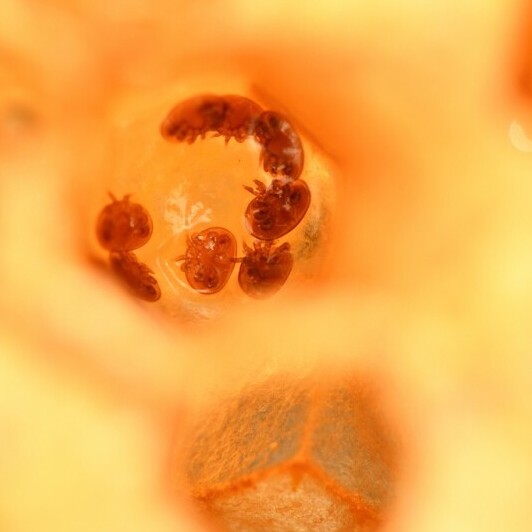
Learning to spot abnormalities in brood patterns or strange behavior among the bees is essential. If left untreated, even a small problem can spiral into a crisis that threatens the survival of your colony. Immediate action with targeted treatments can often mean the difference between a minor setback and a full-blown disaster.
Steps to Take:
- Educate yourself about common bee diseases and pests.
- Keep an eye out for abnormalities in brood patterns and bee behavior.
- Consult local beekeeping associations or experienced keepers for advice when problems arise.
Addressing issues as soon as they are detected can help save your colony and limit overall losses.
6. Poor Queen Management
The queen bee is central to the health and productivity of your hive. Many beekeepers, particularly novices, do not monitor the queen’s performance or condition as closely as they should. A weak or failing queen can lead to a dwindling population and may even trigger swarming. Often, the early signs of queen issues go unnoticed until the impact on the colony becomes severe.
Keeping a keen watch on the queen’s laying pattern and overall health is essential. If you detect irregularities, it might be time to consider requeening. This not only rejuvenates the colony but also brings renewed energy and growth to the hive.
Managing Your Queen:
- Ensure the queen is present and laying eggs consistently.
- Learn to recognize normal versus irregular brood patterns.
- Explore requeening options if the current queen is underperforming.
Effective queen management guarantees that your colony remains vigorous, productive, and less prone to swarming.

7. Not Preventing Swarming
Swarming is a natural process where a colony splits to form a new hive, but it can be problematic if you are unprepared. Many beginners miss the warning signs of crowding, leading to unexpected and unsupervised swarms departing from the main colony. Beyond reducing the number of bees, swarming may result in a loss of honey and valuable labor.
Proper management of hive space is critical for preventing uncontrolled swarming. Regularly checking the hive for overcrowding and understanding the triggers of a swarm can help you intervene before the bees decide to split on their own.
Swarm Prevention Tips:
- Regularly check your hive for crowding and signs of queen congestion.
- Provide extra room by adding additional supers or honey boxes.
- Learn swarm control techniques from experienced beekeepers or local clubs.
By actively managing space within the hive, you can reduce the chance of unscheduled swarms and maintain a stable colony.

8. Overlooking Environmental Impacts
Environmental factors such as pesticide exposure, nearby urban development, or a lack of floral diversity can significantly affect your bees. Sometimes, beekeepers fail to consider how these external elements influence hive health. Bees are highly sensitive to chemicals and changes in their surroundings, making it essential to choose an environment that supports natural foraging.
By paying careful attention to the surrounding landscape, you can help reduce the stressors affecting your colony. Planting bee-friendly flowers and staying aware of local environmental hazards are steps that contribute to the well-being of your bees.
How to Manage Environmental Risks:
- Locate your hives away from heavy pesticide-use zones such as large-scale farmlands.
- Encourage natural forage by planting bee-friendly flowers around your apiary.
- Stay informed about regional environmental hazards that could affect your bees.
Taking proactive measures regarding your local environment helps ensure that your bees have access to a rich and diverse source of nutrition.
9. Using Improper Equipment
Having the right equipment is fundamental for successful beekeeping, yet many newcomers try to cut corners by using outdated or unsuitable tools. Whether it’s a hive box, protective gear, or specialized tools for inspections, every piece of equipment plays a critical role in managing your hive effectively. Using poorly maintained or incorrect equipment can lead to mismanagement and increased stress on the bees.
Investing in quality gear and staying updated on new recommendations will not only make your work easier but will also contribute to a healthier and more productive hive. Regular equipment checks and proper cleaning protocols should be a part of your routine.
Equipment Best Practices:
- Invest in quality, well-reviewed beekeeping tools and equipment.
- Regularly clean and inspect your gear to ensure optimal performance.
- Stay updated on new techniques and equipment recommendations from trusted sources.
Using appropriate equipment is central to maintaining an efficient beekeeping operation and fostering strong colony health.
10. Lack of Record Keeping
Many beekeepers underestimate the value of keeping detailed records. Without proper documentation of hive inspections, queen performance, and seasonal changes, it becomes challenging to learn from past mistakes and plan future improvements effectively. Detailed records offer insights into recurring problems and help you track the overall progress of your hive.
Maintaining a thorough hive journal may seem time-consuming, but the benefits of having historical data are significant. With better documentation, you can identify patterns, refine your techniques, and make informed decisions about future management practices.
Record Keeping Recommendations:
- Maintain a hive journal to log important details and observations.
- Track the timing of inspections, feeding, swarming, and treatments.
- Review your records periodically to assess trends and necessary adjustments.
A thoughtful approach to record keeping transforms past experiences into valuable lessons that guide future success in beekeeping.
Additional Considerations for a Thriving Apiary
Beyond the common pitfalls discussed above, successful beekeeping requires a mindset of continual learning and adjustment. It is beneficial to connect with local beekeeping clubs, attend workshops, and exchange ideas with seasoned professionals.
These interactions can provide you with new perspectives and practical tips that are not always found in books or online resources. Be open to tweaking your methods as you gather more experience.
Whether you are refining your inspection routines or rethinking hive placements, every small modification can contribute significantly to the overall health of your colony.
This extra emphasis on community interaction and hands-on experimentation not only deepens your understanding but also reinforces the importance of proactive management. Taking the time to review and adjust your beekeeping strategies will help you navigate seasonal challenges and unexpected hurdles much more effectively.
To Wrap Things Up
Beekeeping is a rewarding but challenging art that requires continual learning and adjustment. Avoiding these 10 common mistakes will not only give a boost to the productivity of your hive but will also support the overall well-being of your bees and increase your satisfaction as a keeper.
Every error presents a valuable learning opportunity, and with careful planning, regular maintenance, and proactive management, you can overcome obstacles and enjoy a thriving apiary.
Which mistake will you address first in your beekeeping adventure? Taking the time to implement changes and gradually refining your techniques can lead to steady improvements.

Over time, you will notice that small, thoughtful adjustments result in a more sustainable operation, better honey production, and increased confidence in managing your bees. Remember, the journey of perfecting your craft is filled with lessons, and each season brings fresh opportunities to learn and grow.
Be sure to keep exploring new ideas, track what works best, and never hesitate to reach out to experienced beekeepers for advice. With persistence and attention to detail, your apiary can become not only a source of delicious honey but also a community hub for sharing innovative beekeeping practices.
Bottom line, carefully managing each aspect of your beekeeping activities lays the groundwork for long-term success and joy in this next-level cool hobby.
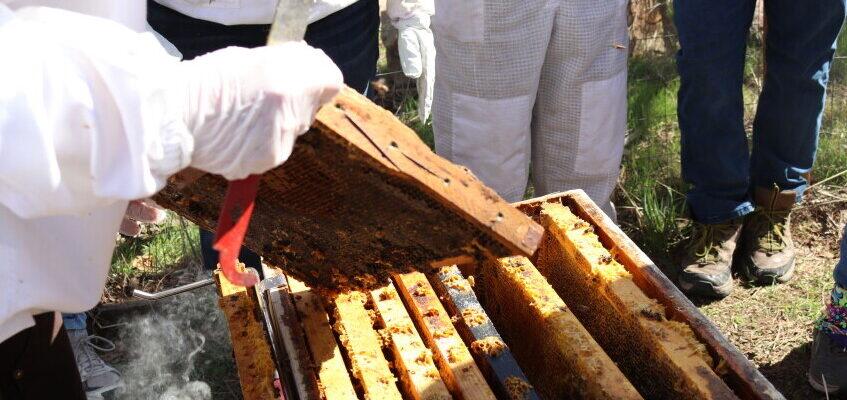

4 comments on “10 Common Beekeeping Mistakes And How To Avoid Them”
Marlinda Davis
March 9, 2025 at 1:28 amBeekeeping is such a rewarding but delicate practice, and learning from common mistakes is crucial for success. One challenge I’ve noticed is maintaining the right balance between checking on the hive and giving the bees enough space to work undisturbed. It’s easy to be overly cautious and inspect too often, which can stress the colony.
Have you found that certain environmental factors, like weather changes or nearby plant varieties, impact hive health more than others? I’d love to hear what has worked best for others in keeping their bees thriving!
Randi
March 9, 2025 at 8:59 pmAbsolutely! Finding that balance between checking in and letting the bees do their thing can be tricky. It’s always a learning curve. And yes, weather and local plants make a huge difference! I’ve noticed my hives behave differently depending on what’s blooming nearby or if we’ve had a weird weather pattern. It would be super interesting to hear what others have experienced too! Thanks for sharing your thoughts!
Robert
March 9, 2025 at 1:37 amWow, Randi, I never realized how much goes into beekeeping! As a gardener, I like to do my bit by planting wildflowers around this time of year. Reading what you’ve shared about ‘Common Beekeeping Mistakes’ has given me a new appreciation for everything that goes into keeping a hive healthy. To think you’re still learning and figuring this out—it’ll be interesting to see what experienced beekeepers can share in the comments about beekeepers’ not-so-common mistakes.
Randi
March 9, 2025 at 8:57 pmThanks so much! That’s awesome that you’re planting wildflowers, your local bees definitely appreciate it! Beekeeping is definitely a never-ending learning experience, and even the pros run into surprises. I’d love to hear what experienced beekeepers have to say too, there are always those little things you don’t realize until you’re knee-deep in a hive! Thanks for reading and for doing your part to help the bees!